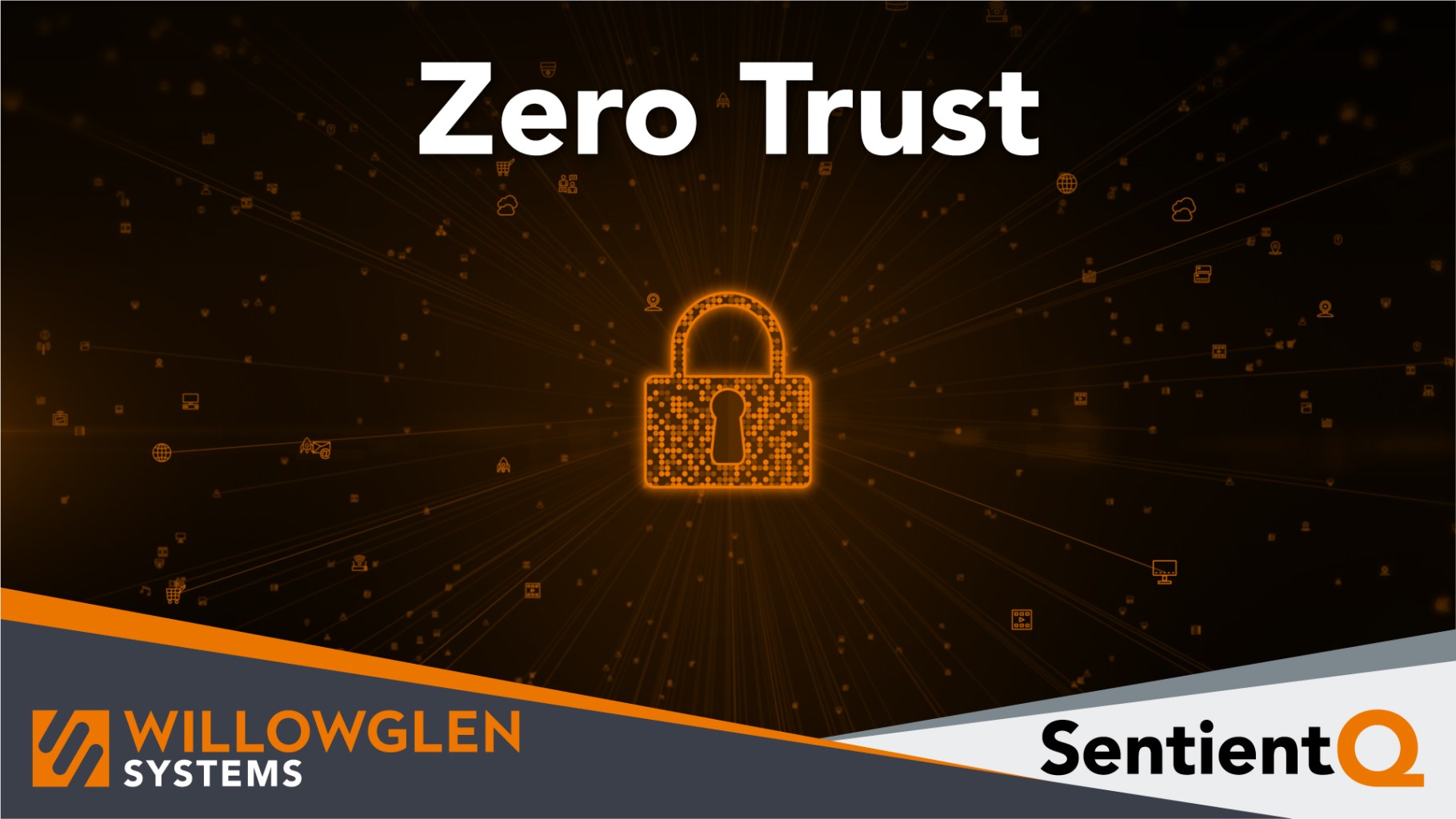Prioritize Control System Security with Zero Trust
SentientQ prioritizes control system security with zero trust and improves the user experience for all our clients.
Zero Trust architecture is critical to global security in the digital transformation era with growing hybrid workforces, continued cloud migration, and transformation of security operations. SentientQ’s zero trust is a security model that can protect and grow your business.
Hello. My name is Ian Verhappen. I am one of the Solutions Architects at Willowglen Systems developing SentientQ’s Security Suite. I have supported operations teams for over 25 years and am also an active member of the cybersecurity standards community.
What is Zero Trust?
Zero Trust is the latest tool to implement cybersecurity. It is based on the principle of “trust no one, verify all” which means all connections are treated the same way regardless of whether they are inside or outside the firewall.
Zero Trust is a framework for securing infrastructure and data for today’s modern digital transformation.
It uniquely addresses the latest challenges of present-day business, including securing remote workers, hybrid cloud environments, and ransomware threats.
What is Zero Trust Architecture?
Zero Trust Architecture is also known as Zero Trust Network, or simply Zero Trust.
Zero Trust Architecture refers to security concepts and the threat model that no longer assumes that actors, systems or services operating from within the security perimeter should be automatically trusted, and instead must verify anything and everything trying to connect to its systems before granting access.
Why Zero Trust?
The goal of Zero Trust is to remove implicit trust in the system because trust is the vulnerability that gets exploited.
According to the 2021 Cost of a Data Breach Report, the global average total cost of a single data breach was $4.24 million. As a result, many organizations are more eager than ever to adopt a Zero Trust security policy especially for mission-critical systems.
Zero Trust supports secure connections. As a result, any data source, anywhere, including:
- information to or from enterprise or cloud based data lakes,
- external data such as from a website or ftp site for weather
- or transactional data, or
- any system, application, or IIoT device
can now safely be connected to the control or SCADA network.
How is Zero Trust implemented?
The three core capabilities underlying Zero Trust are:
- Security Policies to clearly document what will or will not be allowed on the network
- Real Time Evaluation to implement the resulting security policies,
and - Reporting and Analysis tools to determine the risk associated with each connection, and when necessary taking appropriate protective action.
How does Willowglen incorporate Zero Trust?
Willowglen’s next generation SCADA solution, SentientQ, is built on a Zero Trust Architecture foundation.
SentientQ is designed from the ground up to be “inherently” secure.
As a result, SentientQ seamlessly integrates cybersecurity with facility operations thereby safely enabling IIoT Connectivity.
Thus, with SentientQ, customers automatically implement Zero Trust protection around all their operations assets and data.
To learn more, check out our website.

